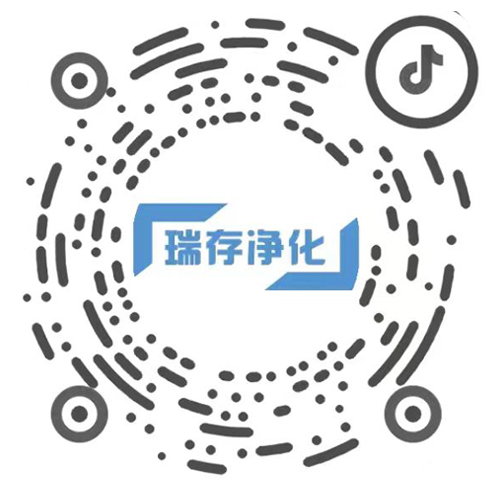News Center
Clean room air flow pattern detection method and classification
2025/2/7
Clean room air flow pattern detection method
Clean room air flow pattern detection methods mainly include air flow visual and air flow direction test. The application of these methods ensures that the air flow pattern of the clean room meets the specified requirements , thus ensuring the quality and safety of the product.
1. Visual measurement of air flow:
The tracer line method, smoke (fog) method and image processing technology can be used.
tracer method uses light fibers such as nylon monofilm thread, cotton thread, film tape, etc. placed on the end of the test rod or mounted on the wire grid in the air flow, directly observe the direction of the air flow and the fluctuations caused by interference. For the smoke generation (fog) method, deionized water is used, 0.5~50μm diameter water mist is generated by solid carbon dioxide (dry ice) or ultrasonic atomizer, or TiCl4 is used as tracer particle, however, it is necessary to ensure that the clean room, indoor equipment and operators are protected from the acid produced by titanium tetrachloride. In the case of image processing, uses a digital computer and a two-dimensional air flow velocity vector to provide quantified airflow characteristics.
2. Air Flow direction:
Generally, the three-dimensional method is used to measure the airflow velocity and other methods.
When the air velocity is measured by three-dimensional method, is used as a hot ball anemometer or ultrasonic anemometer, and is selected as the detection point in the key working area and the height of its working face. In addition, for unidirectional air flow pattern detection, can define the test plane at a distance of 150-500mm from the filter surface, generates smoke in other key areas of the room, observe the air flow pattern and photograph with a camera or video camera. For the detection of non-unidirectional airflow flow pattern, uses a airflow flow pattern smoke generator to generate airflow near the air supply outlet and the return air outlet, observes the direction and flow pattern of smoke under strong lighting, and takes photos with a camera or video camera at the same time.
Clean room air flow pattern classification
Common clean room air flow patterns include unidirectional flow, non-unidirectional flow and mixed flow.
The air flow pattern of the unidirectional clean room is uniform and linear. air enters the room through the high efficiency filter and returns by the raised floor or partition wall on both sides. This airflow pattern facilitates the rapid and effective removal of pollutants and maintains the level of air cleanliness required for indoor production environments.
The air flow pattern of non-unidirectional clean room can be divided into top to bottom, top to bottom, top to top, etc. The purification principle of non-unidirectional flow is based on the dilution principle. is supplied through the top of the air supply outlet of the high efficiency filter, and the types of return air include lower return air, side lower return air and top return air. According to different supply air ventilation times, to achieve different purification levels, its initial investment and operating costs are also different.
Mixed flow clean room is an air flow pattern composed of vertical unidirectional flow and non-unidirectional flow. the characteristics of this kind of air flow is to compress the vertical unidirectional flow area to a minimum, with a large area of non-unidirectional flow instead of a large area of unidirectional flow, in order to save the initial investment and operating costs.






